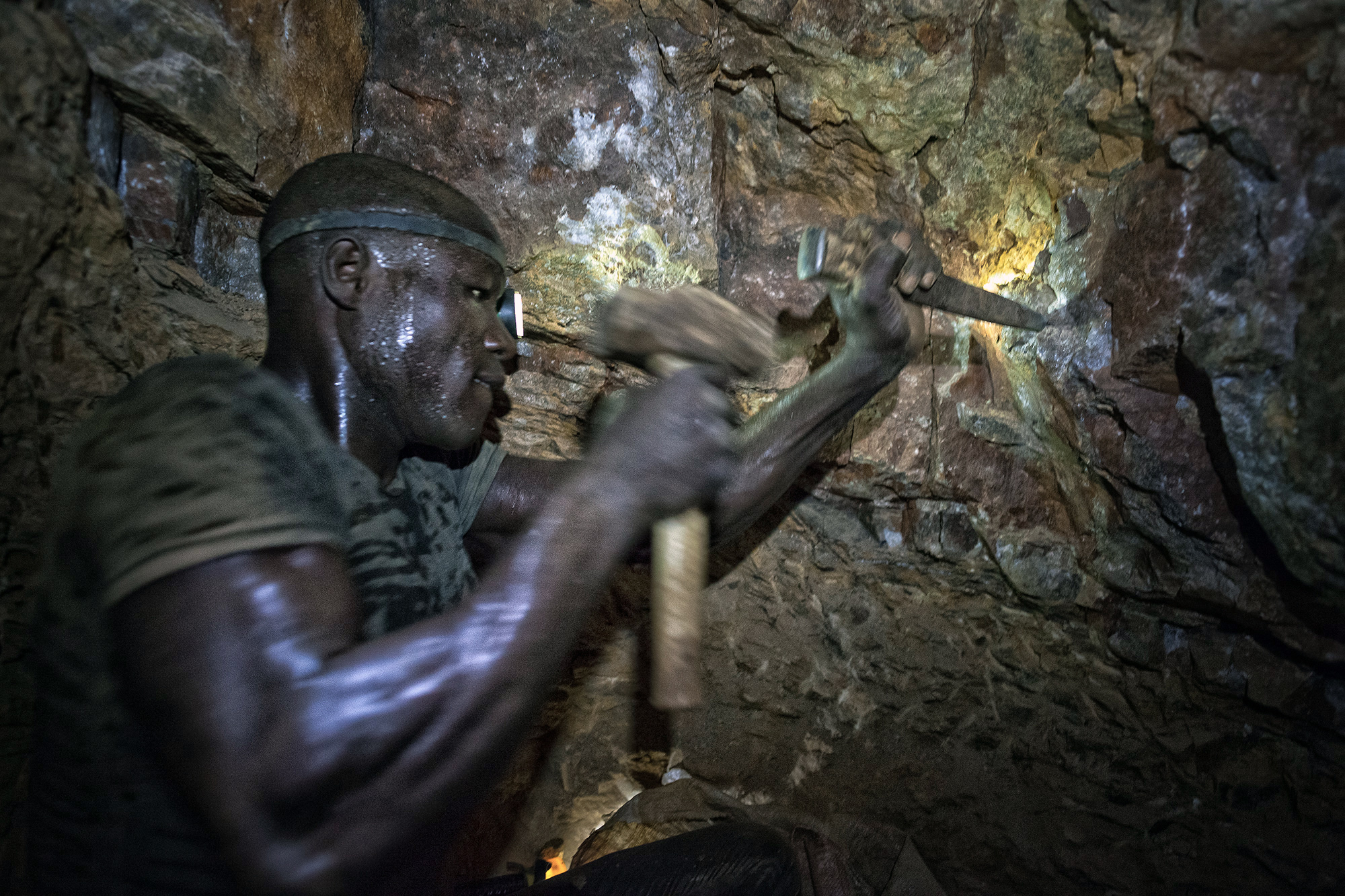Digging the Future

-
PhotographerMatjaz Krivic
Digging the Future: Life in the Burkina Faso artisanal Gold mines

 Tabiani emerges from the 30m deep hole after another gruelling 11 hour long workday underneath the panorama of eastern Burkina Faso. Unfortunately, he and his team did not manage to find any gold today … Last year four of his friends died when a nearby mine collapsed. News? Not at all, it is a part of the everyday life in this part of the country.

 What sort of a future is the barely seventeen year old Tabiani digging for himself, as he and his companions keep bringing bags full of stones from the depths of the shafts - some up to 60 metres deep and incredibly narrow - and as he breaths the black earth full of poisonous lead, day in, day out? Future? Anything that keeps him from thinking about today or tomorrow: while grinding the ore, the heavy metals attack his lungs, find their way into the soil and into his drinking water. The mercury and cyanide that he needs in order to extract the gold which then shine for the clients destroy his body and poison the soil he lives in forever.

 Osman Django, who has been buying gold from the gold miners for the past 22 years has an excellent overview of the gold sites and is aware that in all this time only 6 groups of miners have found enough gold to elevate them above the average. The vast majority of children, old men, women and men who seek their fortune in gold mines, survive with less than 1 Dollar a day. About 15,000 miners work in the area just around Bani. A third of them are children. They are the children of the mines. Most of them have never been to school. For many of them, the mines are their only home. The International Labor Organisation considers mining one of the worst forms of child labor. This is because of the immediate risks and long-term health problems it poses with exposure to dust, toxic chemicals and heavy metals on top of back-breaking manual labor.




